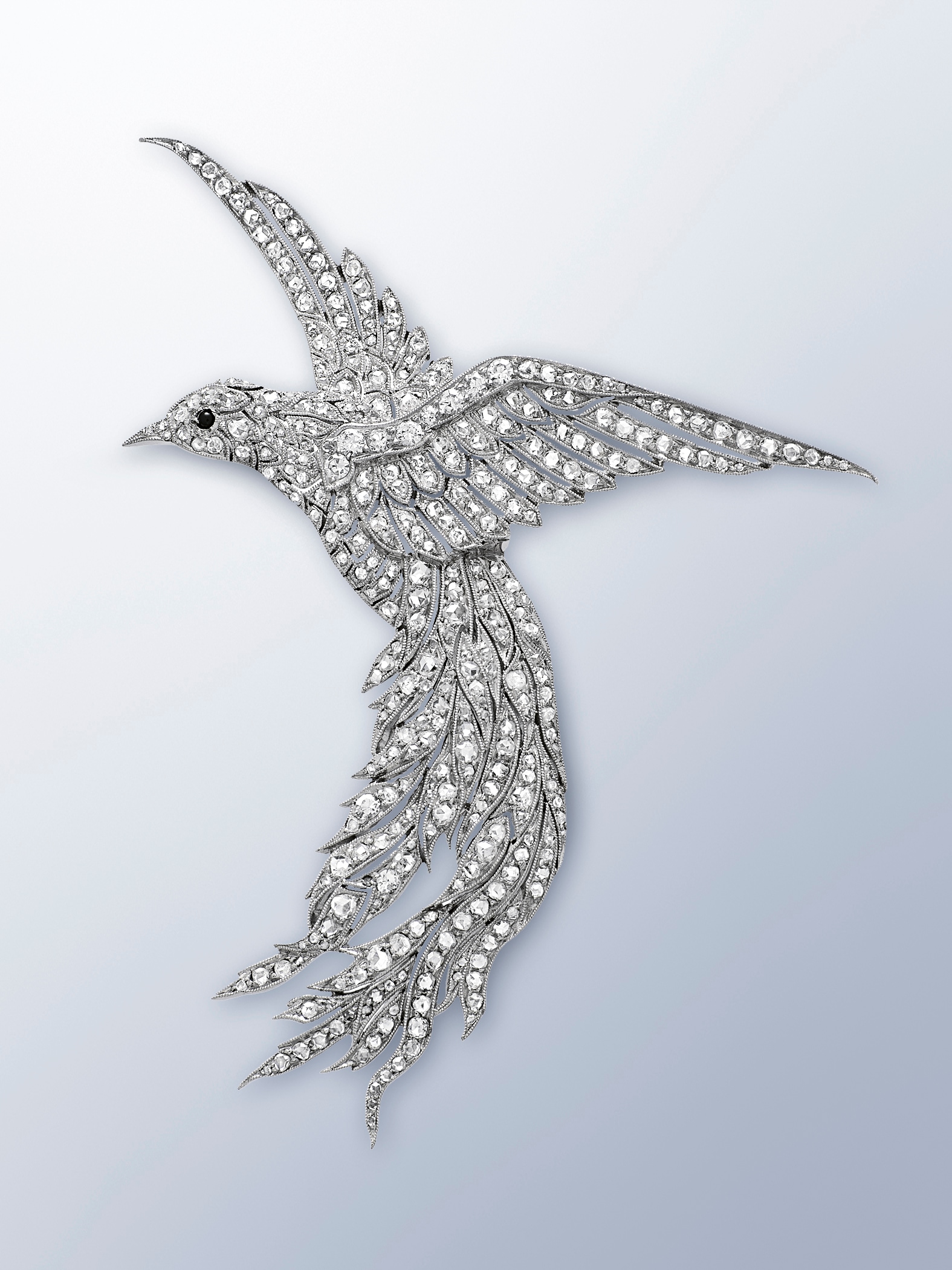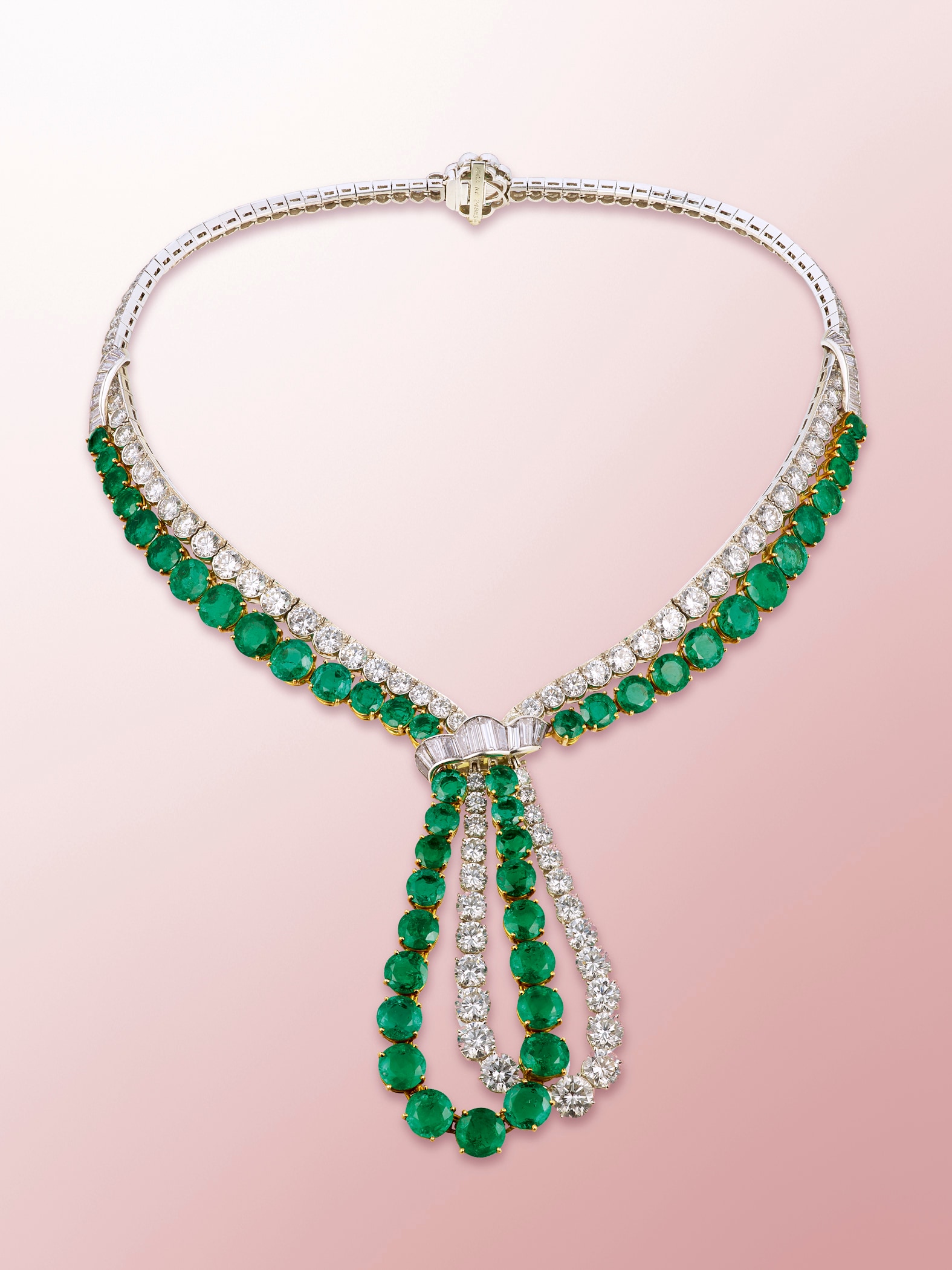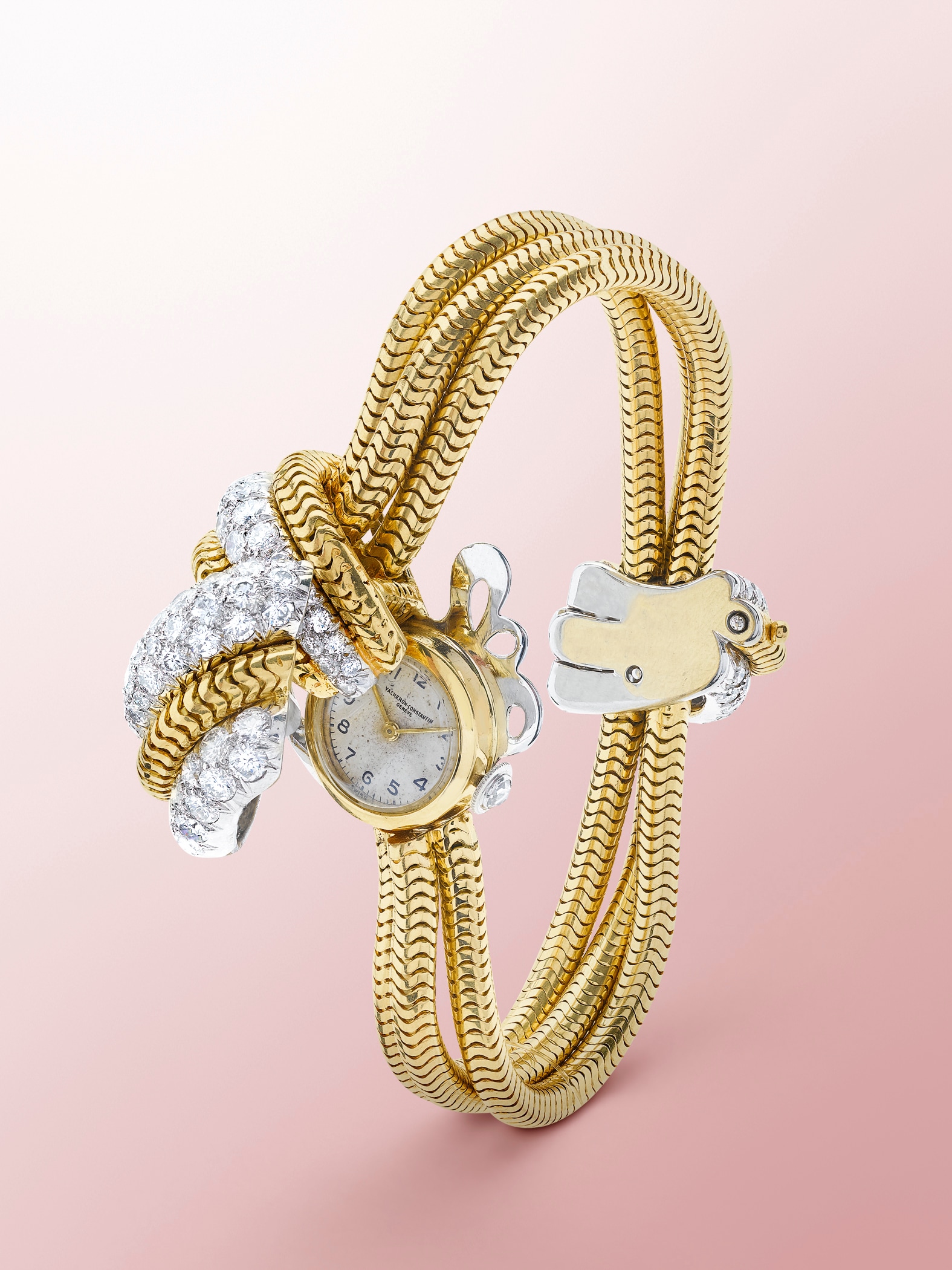My Shopping Bag
Your shopping bag is currently empty.
Recently Viewed
Would you like to pair it with your medal?
Free delivery
- Total (Excluding VAT)
- 0

From October 1st to November 13th, 2022, the Maison will be presenting its exhibition “The Art of Movement, Van Cleef & Arpels, living moments, eternal forms” at MC House in Chengdu, China.
Featuring more than 120 creations from its patrimonial collection and numerous archive documents, this selection illustrates the Maison’s constant quest to impart movement into precious materials. Like a panorama of Van Cleef & Arpels’ creativity, the exhibition displays emblematic pieces, new acquisitions as well as creations reflecting lifestyle evolutions over the decades.
The visitor’s journey is divided into four themes: Human Odyssey, Nature Alive, Elegance and Abstract Movements. Each highlights a facet of movement explored by the Maison since its foundation in 1906.
Scan the QR code to book your visit.
From October 1st to November 13th, 2022
MC House时室, Chengdu
Free entrance

The adventurous spirit of the early modern period – followed by the industrial era of the 19th century – gave rise to ever more sophisticated machines for exploring the world. Since its foundation in 1906, Van Cleef & Arpels has used its creations to accompany that bold human odyssey of wanderlust. This idea of movement expanded to include depictions of the human body in motion: the rhythm of its positions, the beauty of its curves, its surging leaps. Twirling in tutus of precious stones or golden sequins, ballerinas have enlivened the Maison’s universe since 1941. Dance remains an endless source of inspiration to this day.

Swipe to discover



Whether figurative or stylized, the Maison’s flora and fauna-inspired creations bear witness to its taste for living nature. Birds with delicate plumage, dreamlike fairies and butterflies with outspread wings flit across the sky, filling the air with poetry. Floating on a precious breeze, diamond feathers alight on shoulders, Mystery Set flowers blossom on jacket lapels, or prepare to bloom on day or evening dresses. The bouquets of the late 1930s and early 1940s, with their blue and yellow sapphire corollas, seem freshly picked. Like snapshots, the animals that adorn clips, necklaces and bracelets appear to have been frozen in mid-action.
Swipe to discover




Ever since its foundation in 1906 in Paris’ Place Vendôme, Van Cleef & Arpels has drawn inspiration from the world of couture, like a homage to its place of birth. One of the specificities of these jewels is the ability to transform to match different outfits. The central element of a ribbon-shaped necklace can be removed and worn as a brooch, while double clips separate to adorn each side of the neckline. Motifs inspired by passementerie gave rise to pieces that echo the movements of the body. Depicting bows and ribbons, they also illustrate the renascent femininity of the post-war period. Supreme examples of flexibility, jewels imitating serge fabric or rope mold themselves perfectly to women’s silhouettes.

Swipe to discover



Attentive to artistic movements throughout the 20th century, the Maison interpreted them in an original way, playing with shapes and materials. From the geometrically-decorated boxes of the 1920s to the pure, rounded lines inspired by Modernism and the kinetic magic of the hippie era, Van Cleef & Arpels has always played with the beholder’s gaze. Abstract yet fun, some works from the 1960s onwards recall Op Art, drawing us into an interplay of illusions. The movement of the stars, lightning bolts illuminating the night sky and the dance of meteorites round out this selection, in a final burst of creativity.
Swipe to discover



To display this rare set of creations, the scenography echoes the theme of movement. Welcoming visitors at the entrance, a floating matte ribbon takes the shape of an ethereal flower. Unfolding to guide visitors on their journey throughout the four themes of the exhibition, this anamorphosis is inspired by the Silhouette Flower clip, an emblematic design imagined by Van Cleef & Arpels in the 1930s.



